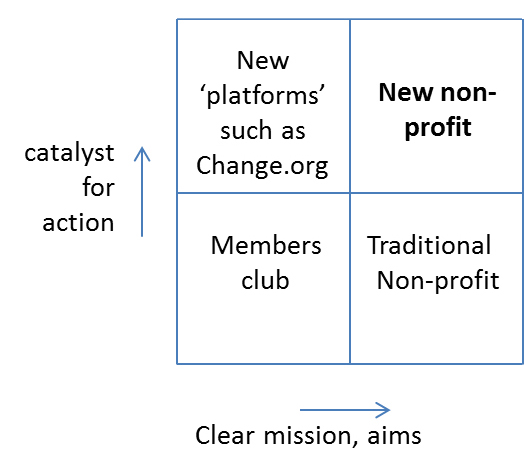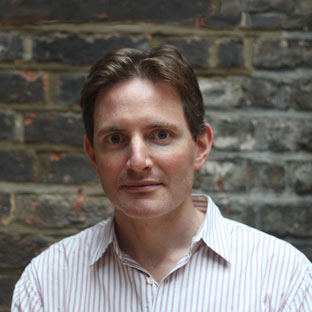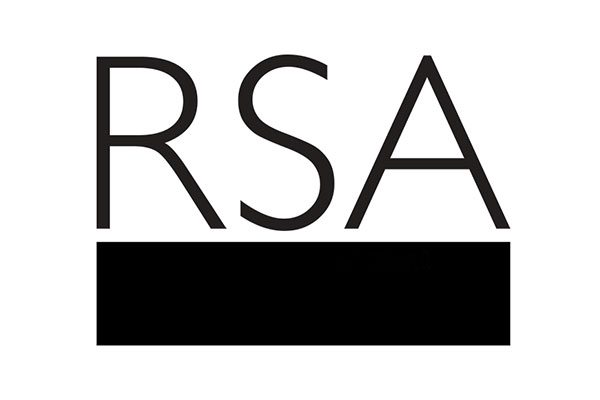The successful non-profits of the 21st Century will be those who engage with their supporters in a new way. This blog outlines what that new relationship might look like.
It is a difficult time for non-profit organisations. Competition for supporters has never been greater while Generations Y and Z are less willing to volunteer in traditional ways, donors are looking for more impact and everyone wants to see tangible results.
Most non-profits have responded to these changes by becoming better at what they’ve always done: better marketing, better fundraising, better data analysis. However, speaking to a range of non-profits about their responses, the best ones are developing a new way of thinking about supporters to engage them in a deeper way.
This new way of thinking is to set the outcomes a non-profit wants to achieve and then to facilitate supporters to achieve it in ways that the supporters themselves think are most effective, using their creativity and energy. The non-profit’s role is not to direct but to catalyse. For example, don’t decide air pollution is best tackled by lobbying car manufacturers and asking supporters to send in protest letters. Decide air pollution needs to be tackled and ask supporters to use their creativity and energy to tackle it in ways that they think will work.
By providing opportunities for supporters to collaborate, giving seed funding, and making their communication channels available, the non-profit can become a catalyst for multiple campaigns, increasing support to those that emerge as the most effective. Not only will this enable organisations to better achieve their ambitions, supporters value the opportunities this provides, creating life-long supporters.
The organisations that turn out to be the most successful non-profits of this century will be those who successfully reimagine their relationship with their supporters in this way. Over the past decade new websites have developed, such as Change.org and 38 Degrees, which allow people to build a campaign for anything they want to.  However these platforms can suffer from a lack of focus and a lack of resources. This new way of thinking takes the traditional volunteer model and combines it with the benefits of these new platforms.
However these platforms can suffer from a lack of focus and a lack of resources. This new way of thinking takes the traditional volunteer model and combines it with the benefits of these new platforms.
There are parallels to this already in both the private and public sectors. In Japan, Lego invited customers to design their own Lego sets and then had people pledge their support for the idea. When the number of online pledges reached 10,000, Lego sent the design into production. NikeID is an initiative in which consumers become the designers of their own shoes, and now makes up a significant part of Nike’s online revenues.
Obtaining feedback from customers about potential products is not new; focus groups, feedback forms and early testing with customers has been in use for decades. What’s different about these examples is that the companies have moved beyond feedback to handing over the actual design of a product to the customer, and been highly successful by doing so.
The public sector is struggling with underinvestment and the need to do more for less. By bringing in users of services to help design and deliver them, they can provide better services while saving money. For example, in Washington DC if you are a young person arrested for the first time for a non-violent crime, you will now be arraigned not before a judge but in front of a jury of other teenagers, who will question you, judge you and sentence you. The sentence will include serving on a jury yourself. The purpose is that by involving teenagers in the system itself it not only helps to prevent criminal behaviour, but also changes some of the conditions that cause it in the first place by engaging young people as advocates of good behaviour. It is highly successful with the recidivism rate about half the average of that in the mainstream juvenile system.
Returning to non-profits, implementing this new relationship with supporters is not easy. There are many aspects to get right - from turning the culture of an organisation that is used to doing things itself into one that is about providing support for others, to the difficulty of measuring success, to the use of an organisation’s brand to name a few. Furthermore, in reality there will always be supporters who want more traditional ways to contribute so there is a need to provide a range of ways to engage.
In others words, in order to achieve this change it’s not simply about a supporter strategy, it’s about a strategy for the whole organisation, a different vision for how change is best brought about, a dimensional shift in culture and mindset.
Non-profits I know on this journey are just that: still on the journey. However it is an exciting one, one that could radically transform their effectiveness and become the dominant way non-profits achieve their ambitions in the 21st Century.
Related articles
-
Announcing the Covid-19 Catalyst Award funded projects
Kimberley Staines
20 impactful projects run by RSA Fellows and funded by the RSA to respond to the effects of Covid-19.
-
How RSA Fellows are uniting to tackle Covid-19 challenges
Richard Caldecourt
RSA Fellows are setting up social and community projects to tackle the innumerable issues caused by coronavirus. Find out how you can get involved.
-
London FRSA calls on Fellowship to help with Sustainable Pop Up Project
Hannah McCollum FRSA
Hannah McCollum FRSA, who pitched her project ChicP at RSA Engage: Creating a Sustainable Future in London earlier this year, tells us more about it and calls on the Fellowship to help further her cause.




Join the discussion
Comments
Please login to post a comment or reply
Don't have an account? Click here to register.
This makes total sense! Love this article!
Here we have an example of academic staff letting peer students assess their colleagues. It totally works!
Hi,
Thanks for letting me know, that sounds really interesting - have you got a paper with more information about it that you could send across to me?
Oli
Well not really a paper (yet! - might consider writing one), but I'm happy to share over Skype how it works :)
Spot on article, thanks.
RSA is a non-profit that continues on its journey. It must increase its engagement with existing Fellows. It must formulate a vision that attracts new Fellows. It must measure its progress and correct any setbacks to make progress.
RSA staff in London should learn from Brexit, the disastrous failure to communicate a vision relevant to the 21st Century. They have a special opportunity to reach out beyond the UK to include Fellows in other parts of the world including its long-established presence in the USA, Australia and beyond.
During the last 5 years Fellowship numbers have been more or less static at around 27,000. Surely we should set our sights at a much higher number that lifts us toward 35,000 and more. This will generate additional financial resources and power us into a positive growth trajectory.
Let's do it!!!
HI Robin,
thanks for this - one quick point. Fellowship numbers were around 27,000 for a while, but they have been increasing over the past couple of years. They're now just under 28,000 and grew by over 900 last year, which is great news and a sign of the value people place on the RSA - an organisation we think is needed now more than ever,
Oli